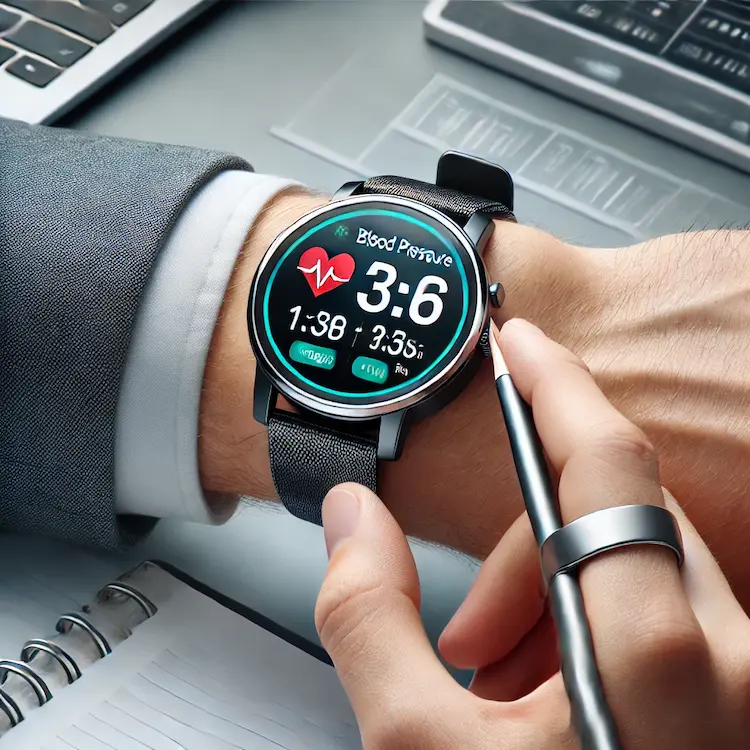Prehypertension is a critical warning sign that your blood pressure is higher than normal but not yet in the hypertensive range. If left unmanaged, it can lead to serious cardiovascular conditions such as heart disease and stroke. Understanding how to manage prehypertension is essential for maintaining long-term health.
Sphyg.ph, a trusted provider of clinically proven medical equipment, offers innovative tools for blood pressure monitoring and management. This article will explain prehypertension, its risks, and the steps you can take to keep your blood pressure under control.
Prehypertension, also known as elevated blood pressure, occurs when blood pressure readings fall between 120/80 mmHg and 139/89 mmHg. It is not yet classified as hypertension, but it significantly increases the risk of developing high blood pressure in the future.
| Blood Pressure Category | Systolic (mmHg) | Diastolic (mmHg) |
|---|---|---|
| Normal | <120 | <80 |
| Prehypertension | 120–139 | 80–89 |
| Hypertension (Stage 1) | 140–159 | 90–99 |
| Hypertension (Stage 2) | ≥160 | ≥100 |
While prehypertension does not immediately cause symptoms, it increases the risk of serious health issues, including:
Certain factors increase the likelihood of developing prehypertension, including:
Accurate monitoring is essential for managing prehypertension. Sphyg.ph provides clinically validated blood pressure monitors, ensuring reliable readings.
| Type of BP Monitor | Pros | Cons |
|---|---|---|
| Oscillometric BP Monitor (Automatic) | Easy to use, convenient, accurate | Requires batteries or power |
| Mercury Sphygmomanometer | Highly accurate, used in medical settings | Requires training, not portable |
| Aneroid Sphygmomanometer | No power is required, affordable | Requires manual skill, prone to errors |
Recommendation: Oscillometric blood pressure monitors are ideal for home use due to their ease of operation and accuracy.
To get the most accurate readings:
The American Heart Association (AHA) recommends lifestyle changes as the first step in managing prehypertension:
Doctors typically recommend lifestyle changes first, but medication may be considered if blood pressure remains elevated. Common medications include:
| Medication Type | Function | Example Drugs |
|---|---|---|
| Diuretics | Reduce excess fluid in the body | Hydrochlorothiazide |
| Beta-blockers | Lower heart rate and blood pressure | Metoprolol |
| ACE Inhibitors | Relax blood vessels | Lisinopril |
| Calcium Channel Blockers | Reduce heart strain | Amlodipine |
Medication is usually prescribed only if prehypertension progresses to hypertension or if other risk factors (e.g., diabetes, heart disease) are present.
Advancements in wearable health devices allow continuous blood pressure monitoring. Smartwatches like the Omron HeartGuide and Withings BPM Core track BP trends in real time. These devices can alert users to potential risks and encourage proactive health management.

Prehypertension is a warning sign that should not be ignored. Sphyg.ph provides advanced blood pressure monitors to help individuals take control of their cardiovascular health. By adopting a healthier lifestyle, monitoring BP regularly, and considering medical interventions when necessary, individuals can prevent the progression to hypertension and reduce their risk of serious health complications.
Prehypertension is blood pressure between 120/80 mmHg and 139/89 mmHg.
Major risks include heart disease, stroke, kidney disease, and cognitive decline.
Regular blood pressure monitoring is essential, and oscillometric monitors are the best for home use.
Lifestyle changes such as diet, exercise, weight management, and stress reduction can help control prehypertension.
Medication is usually unnecessary for prehypertension unless other health risks exist.
Wearable BP monitors provide real-time tracking for proactive health management.